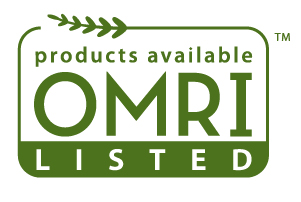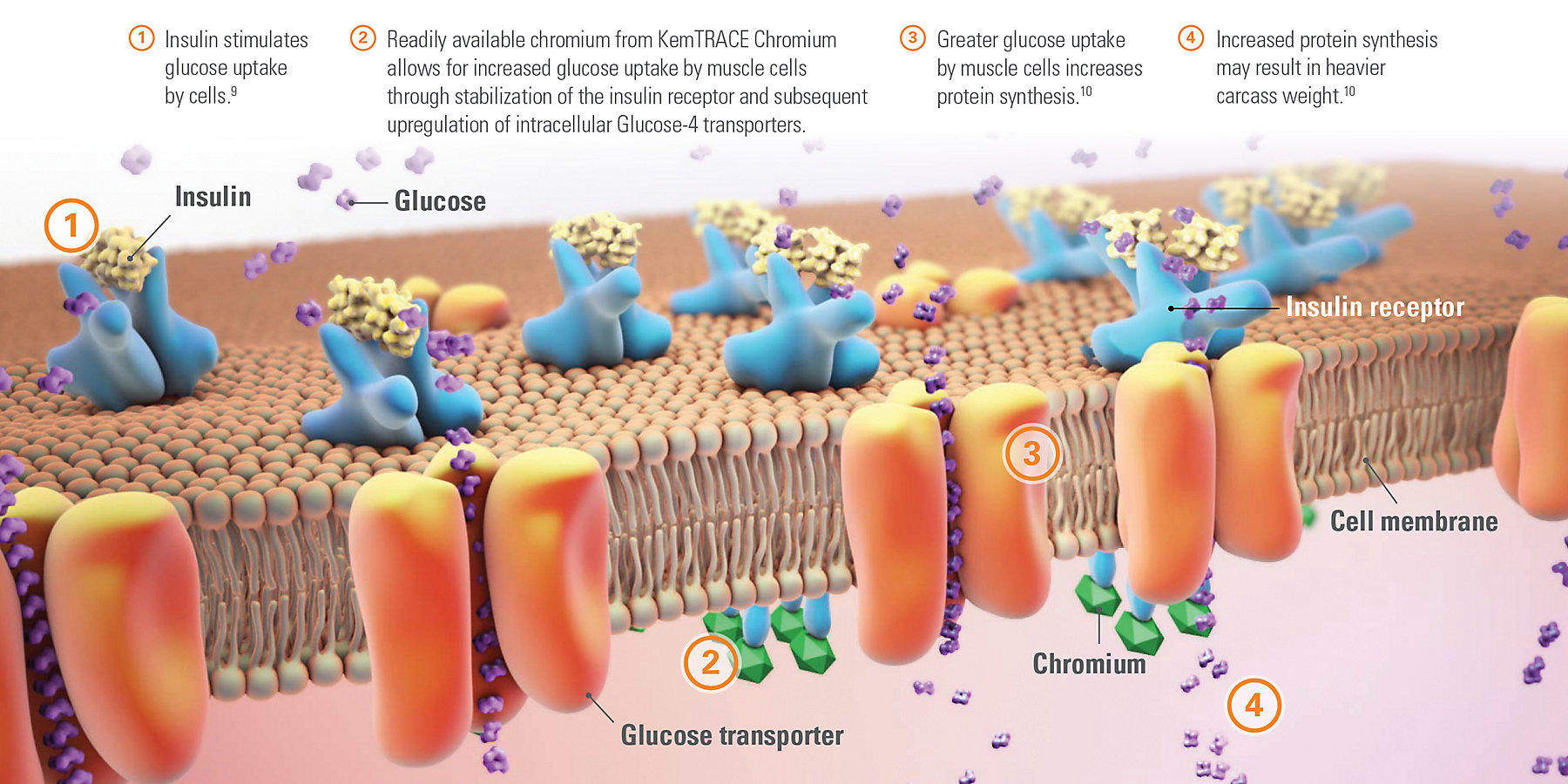References
1Mertz, W. (1992). Chromium: History and nutritional importance. Biological Trace Element Research. 32:3-8.
2Palsson-McDermott E. M. and L. A. O’Neill. (2013). The Warburg effect then and now: From cancer to inflammatory diseases. BioEssays. 35:965-973.
3Johnson, B., J. Baggerman, J. Kim and Z. Smith. (2016). Chromium propionate enhances feedlot performance and carcass quality through changes in nutrient metabolism. Plains Nutrition Conference.
4Alsaiady, M., et al. (2004). Effect of chelated chromium supplementation on lactation performance and blood parameters of Holstein cows under heat stress. Animal Feed Science and Technology. 117:223-233.
5An-Qiang, L., W. Zhi-Sheng and Z. An-Guo. (2009). Effect of chromium picolinate supplementation on early lactation performance, rectal temperatures, respiration rates and plasma biochemical response of Holstein cows under heat stress. Pakistan Journal of Nutrition. 8.
6Vargas-Rodriguez, C. F., et al. (2014). Effects of supplemental chromium propionate and rumen-protected amino acids on productivity, diet digestibility, and energy balance of peak-lactation dairy cattle. Journal of Dairy Science. 97:3815-3821.
7Mowat, D. N. (1996). Supplemental organic chromium for beef and dairy cattle. Proceedings of Asia-Pacific Lecture Tour. 31.
8Stoakes, S. K., et al. (2015). Estimating glucose requirements of an activated immune system in Holstein steers. Journal of Animal Science. 93:s3/Journal of Dairy Science. 98:s2.
9Weekes, T. E. C. (1991). Hormonal control of glucose metabolism (symposium paper). 7th International Symposium on Ruminant Physiology. 183.
10Huang, S. and M. P. Czech. (2007, April). The GLUT4 Glucose Transporter. Cell Metabolism. 5(4):237-252.





%20-%20English_12.pdf/_jcr_content/renditions/cq5dam.thumbnail.319.319.png)
%20-%20English_13.pdf/_jcr_content/renditions/cq5dam.thumbnail.319.319.png)
%20-%20English_00.pdf/_jcr_content/renditions/cq5dam.thumbnail.319.319.png)
%20-%20English_00.pdf/_jcr_content/renditions/cq5dam.thumbnail.319.319.png)


